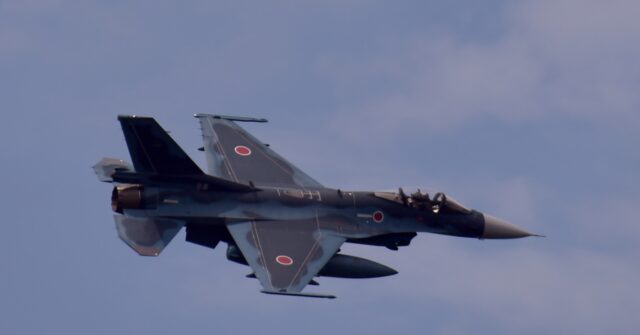In a significant move toward enhancing military cooperation, Japan, the U.K., and Italy have committed to accelerating the development of a next-generation fighter jet. During a meeting held in Naples, Italy, the defense ministers of the three nations announced plans to establish a trilateral government organization called the GCAP International Government Organization (GIGO) by the end of this year. This new entity will facilitate collaboration among the countries involved in the Global Combat Air Program (GCAP), which aims to produce a modern combat aircraft set for deployment by 2035. This initiative underscores a joint response to increasing security challenges posed by nations such as China, Russia, and North Korea.
The objective of the GCAP is to create a next-generation stealth fighter that will replace Japan’s aging F-2 fighter jets and the Eurofighter Typhoons previously developed through multi-national partnerships. Japanese Defense Minister Gen Nakatani, together with his U.K. and Italian counterparts, highlighted the importance of this collaboration, focusing on integrating industry capabilities from all three nations to produce a high-quality aircraft. The establishment of GIGO will ensure streamlined management and oversight of the development process, fostering closer ties between Japan, the U.K., and Italy in military technology.
The significance of the GCAP project transcends military strategy; it also reflects Japan’s desire to bolster its domestic defense industry. The involvement of prominent aerospace companies—such as Mitsubishi Heavy Industries from Japan, BAE Systems from the U.K., and Leonardo from Italy—illustrates a strong partnership among leading defense manufacturers to enhance technological capabilities. GIGO will be based in the U.K. and led by a Japanese official, indicating an equitable distribution of leadership and transparency in the project’s execution. This collaboration is projected to accelerate the timeline for contracting and further stages of development, with Nakatani envisioning that initial contracts could be signed as early as next year, demonstrating the urgency and commitment of the nations involved.
A recent aerospace exhibition in Tokyo showcased a one-tenth scale model of the future fighter jet, generating significant interest and highlighting the tangible progress of the joint initiative. Akira Sugimoto, a senior representative from Mitsubishi Heavy Industries, emphasized the critical role of Japanese suppliers in the project. Sugimoto expressed optimism that the collaboration would lead to a robust framework for developing high-quality military aircraft while effectively utilizing Japan’s advanced technologies. The collaboration promises to elevate the capabilities of domestic suppliers, enhancing their potential to contribute meaningfully to the overall military-industrial complex of Japan.
Furthermore, Japan’s broader military aspirations are evident in its recent policy shifts, including a loosening of arms export restrictions to promote foreign sales of the new fighter jet. With rising tensions in Asia, especially regarding China’s aggressive posturing and ongoing conflicts involving Russia and North Korea, Japan recognizes the necessity of enhancing its defense capabilities. The joint fighter jet project represents not only a strategic military partnership but also a pivotal shift for Japan’s underdeveloped defense industry. These developments aim to provide a more substantial defense posture capable of addressing both regional and global threats, while simultaneously integrating domestic production and innovation.
In conclusion, the collaboration among Japan, the U.K., and Italy on the GCAP marks a defining moment in international defense cooperation. Established against a backdrop of evolving global security challenges, this joint project demonstrates a collective commitment to advancing military technology and enhancing defense capabilities. Through the formation of GIGO and the involvement of key defense manufacturers, the nations aim to leverage their respective strengths, creating a next-generation fighter jet that stands to significantly influence the balance of power in the Asia-Pacific region and beyond. As nations face increasingly complex security dynamics, strategic partnerships in defense technology will play an essential role in safeguarding national interests and contributing to global stability.

